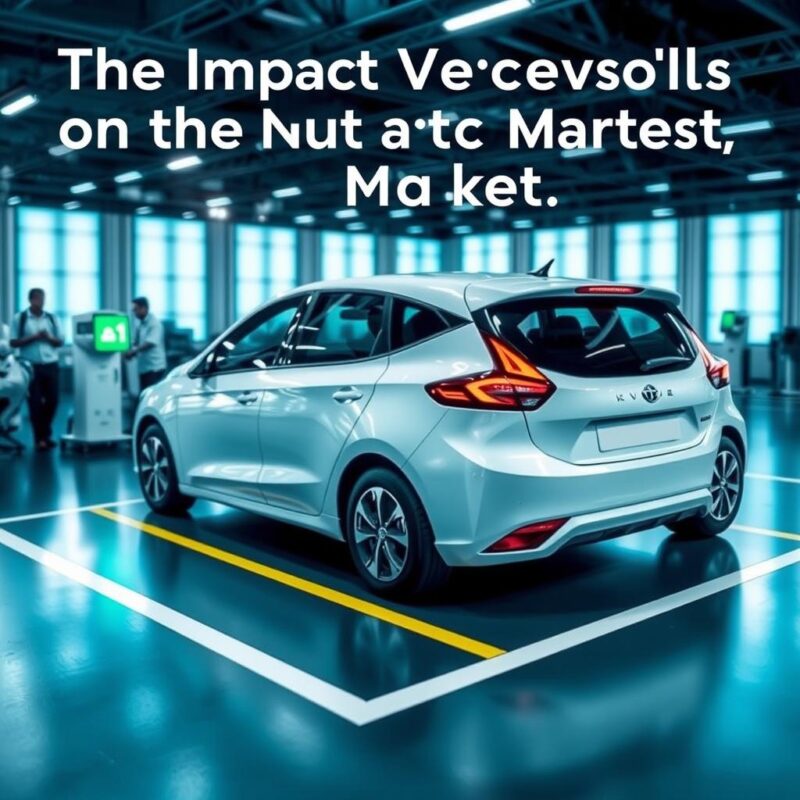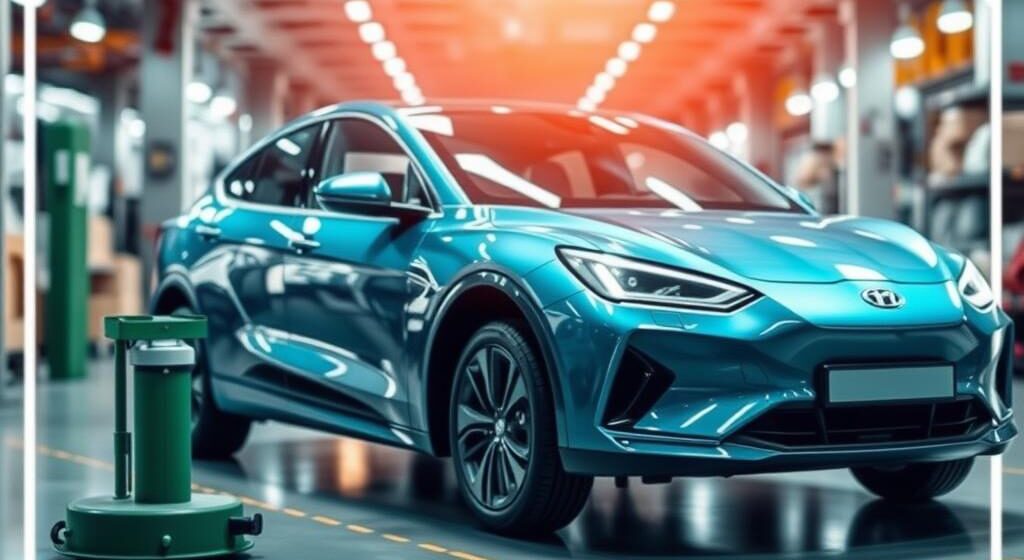The Impact of Electric Vehicles on the Indian Auto Parts Market: What to Expect
The rise of electric vehicles (EVs) is rapidly transforming the global automotive landscape, and India is no exception. As the country pushes towards a greener future with ambitious targets for EV adoption, the auto parts market is set to undergo significant changes. This shift brings both challenges and opportunities for manufacturers, suppliers, and consumers alike. In this blog, we’ll explore how the growing popularity of electric vehicles is impacting the Indian auto parts market and what stakeholders can expect in the coming years.
1. Shifting Demand for Auto Parts
Reduction in Traditional Parts:
One of the most significant impacts of EVs is the reduced need for traditional internal combustion engine (ICE) components. EVs require fewer moving parts compared to conventional vehicles, which means a decline in demand for parts like engine pistons, fuel injectors, spark plugs, and exhaust systems. This shift could pose challenges for manufacturers heavily invested in ICE components.
Increased Demand for New Components:
Conversely, the rise of EVs is driving demand for new types of components, particularly those related to electric powertrains. Key parts such as electric motors, batteries, power electronics, and charging systems are seeing increased demand. Auto parts manufacturers in India are now focusing on adapting their production lines and investing in new technologies to cater to these emerging needs.
2. The Rise of Battery Manufacturing
Battery Production as a Key Focus:
Batteries are the heart of electric vehicles, and their production is becoming crucial to the auto parts market. India is witnessing significant investment in battery manufacturing, with domestic and international players entering the market. The government’s push for local battery production through initiatives like the Production Linked Incentive (PLI) scheme is further accelerating this trend.
Opportunities for Local Suppliers:
The growth of battery manufacturing presents substantial opportunities for local suppliers of raw materials and components like lithium, cobalt, and nickel. Companies that can position themselves as reliable battery material suppliers will likely benefit from the EV boom in India.
3. Evolution of Aftermarket Services
Changing Landscape of Vehicle Maintenance:
The shift to EVs is also expected to change the landscape of vehicle maintenance and aftermarket services. Electric vehicles have fewer mechanical components, which generally translates to lower maintenance needs. However, the complexity of EVs, particularly in areas like battery management and software, will require specialized skills and tools.
Emerging Market for EV-Specific Parts:
As EV adoption grows, a new aftermarket for EV-specific parts is emerging. This includes components such as battery packs, electric motors, inverters, and chargers. Auto parts retailers and service providers in India will need to adapt to this shift by stocking EV-specific parts and training their staff in EV maintenance.
4. Supply Chain Adjustments
Need for Supply Chain Realignment:
The transition to EVs will necessitate adjustments in the automotive supply chain. Suppliers of traditional ICE components may face declining orders, while those involved in the EV supply chain, including battery manufacturers, electronic component suppliers, and software providers, will see increased demand.
Challenges in Raw Material Procurement:
The supply chain for EVs, particularly for batteries, is heavily reliant on specific raw materials like lithium and cobalt, which are not abundantly available in India. This reliance could lead to challenges in procurement and pricing. Manufacturers will need to secure stable supply chains and explore alternatives, such as battery recycling, to mitigate these challenges.
5. Government Policies and Incentives
Supportive Policies Driving Growth:
The Indian government’s policies and incentives are playing a crucial role in shaping the EV market. Initiatives such as the Faster Adoption and Manufacturing of Hybrid and Electric Vehicles (FAME) scheme, tax benefits, and subsidies for EV buyers are encouraging the growth of the EV sector. These policies are also stimulating investments in EV-related auto parts manufacturing.
Focus on Localization:
The government’s emphasis on localizing the EV supply chain is creating opportunities for Indian manufacturers. Companies that can align with the government’s vision of making India a global EV hub will be well-positioned to capitalize on the growing market.
6. Future Outlook for the Indian Auto Parts Market
Transformation of the Industry:
The Indian auto parts market is on the brink of a significant transformation driven by the rise of electric vehicles. While there will be challenges, particularly for traditional ICE component manufacturers, the shift also presents vast opportunities for innovation and growth. Companies that can adapt to the changing landscape, invest in new technologies, and align with the government’s vision for EVs will thrive in this new era.
Preparing for the Future:
For stakeholders in the auto parts market, the key to success lies in staying ahead of the curve. This means investing in research and development, building capabilities in EV-related components, and forging strategic partnerships. As the Indian automotive industry moves towards electrification, those who embrace the change will be well-positioned to lead the market.

Conclusion
The impact of electric vehicles on the Indian auto parts market is profound and far-reaching. While the transition from traditional vehicles to EVs presents challenges, it also offers exciting opportunities for growth and innovation. As India accelerates its journey towards a greener future, the auto parts market will play a crucial role in supporting this transformation.
At BharatAutoSolution, we are committed to staying at the forefront of these changes, offering quality auto parts and services that meet the evolving needs of our customers. Whether you’re a consumer or a business, staying informed and adaptable is key to navigating this dynamic market.





